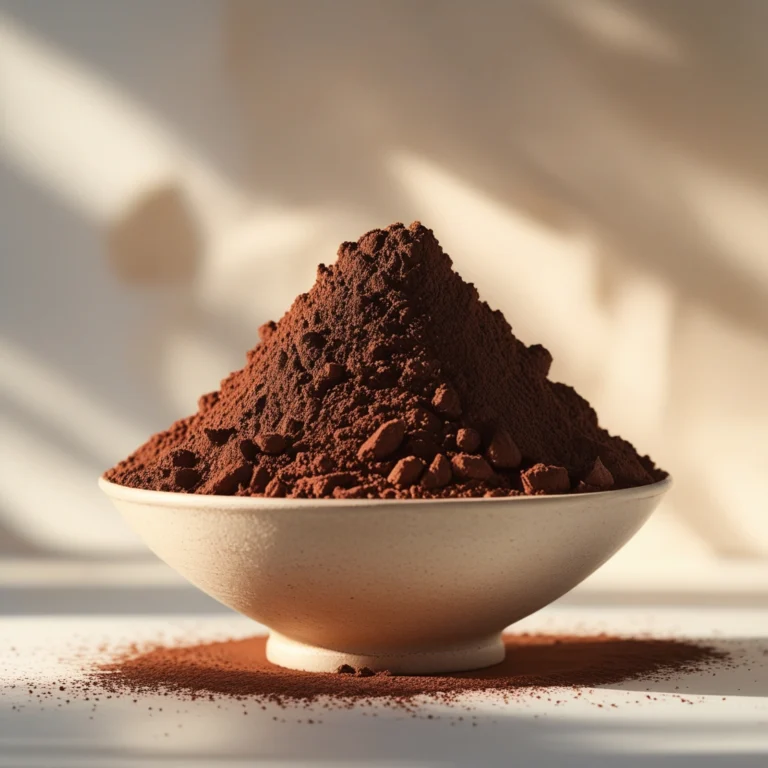How to lose weight fast
How to lose weight fast. Many diets, supplements, and meal replacement plans claim to ensure rapid weight loss, but lack any scientific evidence. However, there are some strategies backed by science that have an impact on weight management.
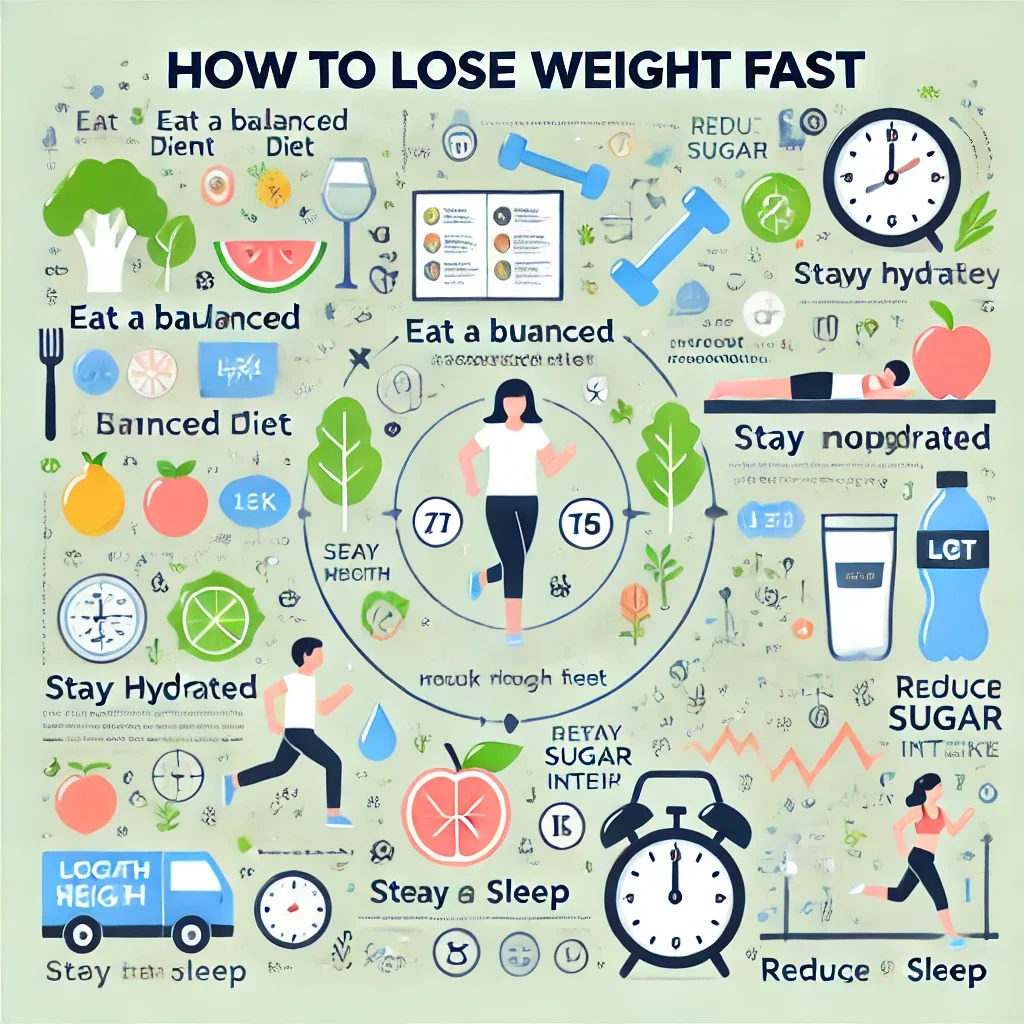
Trying intermittent fasting
Intermittent fasting (IF) is a pattern of eating that involves regular short-term fasts and consuming meals within a shorter time period during the day.
have indicated that short-term intermittent fasting up to 26 weeks in duration is as effective for weight loss as following a daily low calorie diet.
The most common intermittent fasting methods include the following:
- Alternate day fasting
- (ADF): Fast every other day and eat a typical diet on non-fasting days. The modified version
- involves eating just 25–30% of the body’s energy needs on fasting days.
- The 5:2 Diet: Fast on 2 out of every 7 days. On fasting days eat 500–600 calories.
- The 16/8 method: Fast for 16 hours and eat only during an 8-hour window. For most people, the 8-hour window would be around noon to 8 p.m. A study on this method found that eating during a restricted period resulted in the participants consuming fewer calories and losing weight.
Tracking your diet and exercise
If someone wants to lose weight, they should be aware of what they eat and drink each day. One way to do this is to log these items in either a journal or an online food tracker.
Suggests that tracking diet and exercise may be helpful for weight loss because it promotes behavior changes and increases motivation.
One study found that consistent tracking of physical activity helped with weight loss. Even a device as simple as a pedometer can be a useful weight-loss tool.
Eating mindfully
How to lose weight fast. Mindful eating is a practice where people pay attention to how and where they eat food. This practice can enable people to enjoy the food they eat and may help to promote weight loss.
As most people lead busy lives, they often tend to eat quickly on the run, in the car, working at their desks, and watching TV. As a result, many people are barely aware of the food they are eating.
Techniques for mindful eating include:
- Sitting down to eat, preferably at a table: Pay attention to the food and enjoy the experience.
- Avoiding distractions while eating: Do not turn on the TV, or a laptop or phone.
- Eating slowly: Take time to chew and savor the food. This technique helps with weight loss, as it gives a person’s brain enough time to recognize the signals that they are full, which can help to prevent over-eating.
- Making considered food choices: Choose foods that are full of nourishing nutrients and those that will satisfy for hours rather than minutes.
Things you can do to lose weight
You do not have to do everything at once, try one thing at a time and find what works for you.
Do;
- get active for 150 minutes a week – you can break this up into shorter sessions
- aim to get your 5 A Day – 80g of fresh, canned or frozen fruit or vegetables count as 1 portion
- aim to lose 1 to 2lbs, or 0.5 to 1kg, a week
- read food labels – products with more green colour coding than amber and red are often a healthier option
- swap sugary drinks for water – if you do not like the taste, add slices of lemon or lime for flavour
- cut down on food that’s high in sugar and fat – start by swapping sugary cereal for wholegrain alternatives
- share your weight loss plan with someone you trust – they can help motivate you when you have a bad day
Don’t;
- do not lose weight suddenly with diets
- do not stock unhealthy food – popcorn, fruit and rice cakes can be healthier alternatives
- do not skip meals – you might end up snacking more because you feel hungry
- do not finish your plate if you’re full – you can save leftover food for the next day
Summer is filled with weddings, graduations, vacations, and lots of other reasons to feel fierce in a swimsuit.
But if you’ve got an event coming up, and kind of wish you had already lost 5 pounds, it’s never too late. “Everyone wants to lose weight fast,” sighs Tracy Morris, nutrition curriculum designer at Fitbit. “Of course, I want to help you see quick results! But if weight loss is too drastic, your body will fight back—and there’s no point starving yourself, if you’re just going to end up binging and feeling discouraged.” She definitely coaches a more moderate approach. “But that said, if you lose weight quickly at the outset, you are more likely to continue losing weight. It can be incredibly motivating, to see that initial drop.”
So don’t call it a crash diet. Let’s say it’s a strong start. Here’s a healthy eating plan that’s nutritionist approved, so you can slim down and feel awesome for that upcoming event—and then keep the momentum going.
Set a Goal to Lose 2 Pounds per Week
Clinically trained dietitians and accredited nutrition experts agree, you don’t want to lose more than 2 pounds in a week. “Any more aggressive than that, and you start compromising your metabolism,” Morris confirms. So take a look at the calendar, and set a realistic goal for the time you have. If you have 2 to 3 weeks before the big day, awesome! Aim to lose 5 pounds and feel better in your clothes. Just a week before the date? Don’t despair. You can still de-bloat a bit and drop a couple of pounds.
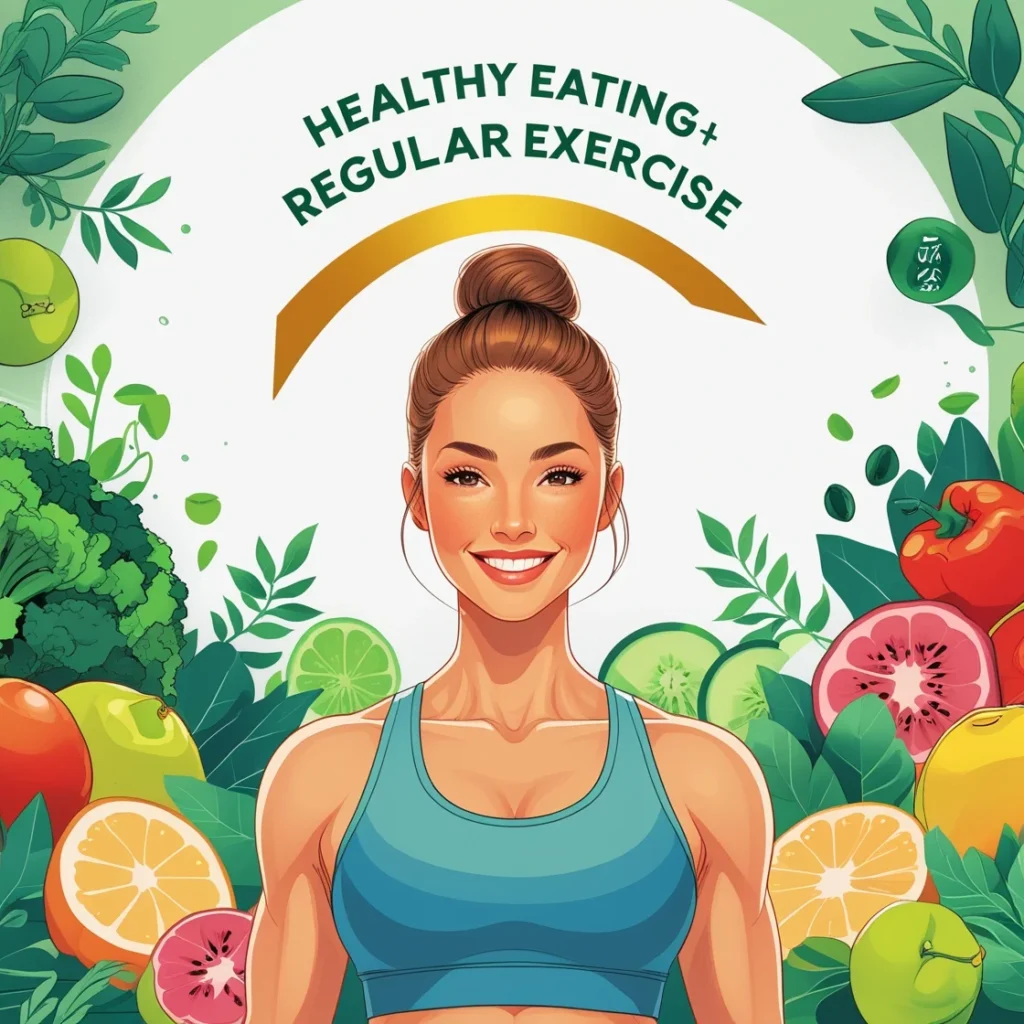
Cut Your Calories by 500 to 750 per Day
Next, crunch the numbers. Figure out how many calories you really need, and reduce that number by 500 to 750 calories per day, in order to lose 1 to 2 pounds per week. The food logging feature in the Fitbit app makes it extra easy. Just don’t dip below the bare minimum your body needs—1200 calories per day for women, or 1500 for men.
Eat Fresh and Clean to Lose Weight Fast
But of course, where those calories come from makes a big difference. Morris recommends a natural detox—no pills, no shakes, just fresh, whole foods. Here’s how to do it the healthy way:
Drink lots and lots of water! Aim for 2 to 3 liters per day. Once you stop eating those processed foods and salt, water will flush out your system naturally.
Cut alcohol. Alcohol is a toxin, and it undermines weight loss in several ways. Give your liver a break, save the calories, and sip on sparkling water.
Cut added sugar. Sugar isn’t just high in calories, it causes inflammation. Nearly half of added sugars come from drinks, so put down the soda, as well as the cookies and candy.
Cut salt. Sodium helps your body hang onto water, which is why it makes you bloat. Ditch processed foods, which contribute 75 percent of the sodium in an average diet.
Eat lots of colorful fruits and veggies. Morris recommends making a big veggie soup, loaded with fiber, antioxidants, and water—to fill you up.
Start Strong: Tracy Morris’s 7-Day Kick-Start Diet
Okay, so you knew you’d have to cut back on wine and brownies. But what can you eat? Morris has a meal plan for the first week that makes hitting those calorie counts super simple. Even though she hearts whole grains, for the first 2 days, she recommends dropping grains, and focusing on lots of fruits and veggies, with small servings of protein. By days 3 and 4, you can start reintroducing grains, but keep portions small, and time them early in the day.
| Breakfast | Lunch | Dinner | |
| Saturday | Green smoothie | Bowl of veggie soup | 3–4 oz salmon +veggies |
| Sunday | Berry smoothie(with ½ cup plain, low-fat yogurt) | Bowl of veggie soup | 3–4 oz grilled chicken +veggies |
| Monday | Green smoothie(with ½ cup plain, low-fat yogurt) | 3 oz chicken +½ cup quinoa +chopped veggies | 3–4 oz mahi-mahi + veggies |
| Tuesday | Overnight oats + fruit | 3 oz tuna +½ cup quinoa +chopped veggies | 3–4 oz grilled chicken + veggies |
| Wednesday | Overnight oats + fruit | 3 oz turkey +½ avocado + whole-wheat wrap | 3–4 oz stir-fried shrimp + veggies |
| Thursday | Whole-wheat toast + 2 eggs | 3 oz smoked salmon + ½ avocado +whole-wheat wrap | 3–4 oz lean steak +veggies |
| Friday | Breakfast burrito(whole-wheat wrap + ½ cup black beans + 1 egg) | 3 oz turkey +½ avocado +2 slices whole-wheat bread | Treat dinner!Fill a plate withwhatever you want. |
Diet for Fast Weight Loss
You don’t have to go vegan, gluten-free, or quit any particular food group to lose weight. In fact, you’re more likely to keep the pounds off for good if it’s something you can live with for the long term. Despite the desire for fast weight loss, fad diets and plans that promise quick results aren’t the answer. You are unlikely to stick with them and they may rob you of needed nutrients.
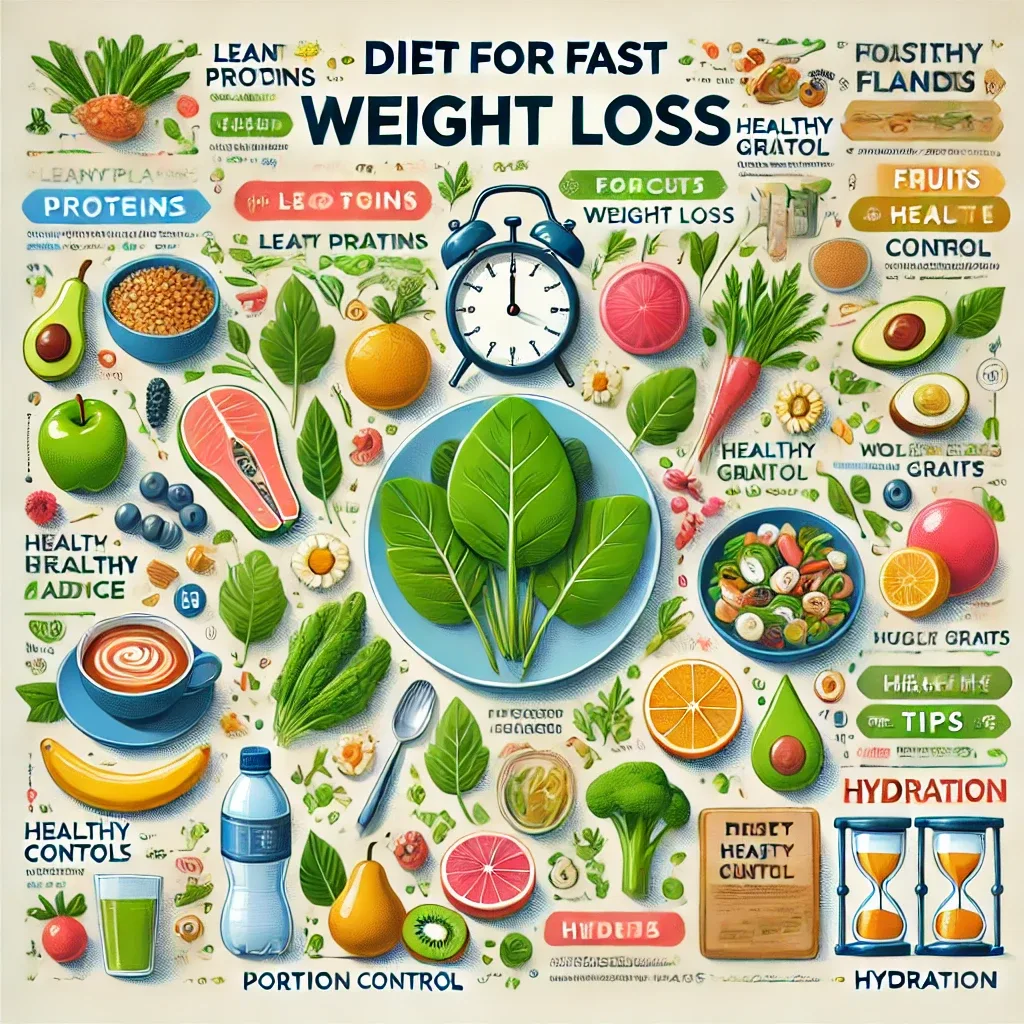
But it does make sense to cut way down on, or totally cut out, empty calories.
Foods to limit for weight loss:
Foods with added sugars. These are the sugars in cookies, cakes, sugar-sweetened drinks, and other items — not the sugars that are naturally in fruits, for instance. Sugary foods often have a lot of calories but few nutrients. Aim to spend less than 10% of your daily calories on added sugars.
Carbs with less nutritional value. You don’t have to eliminate carbs, but you can be picky about your choices. For example, whole grains are better choices than highly processed items because processing removes key nutrients such as fiber, iron, and B vitamins — though some may be added back, such as in “enriched” bread. Also, look for choices that are low on the glycemic index, meaning they are digested more slowly and are less likely to raise your blood sugar. Low-glycemic foods include green vegetables and most fruits; high glycemic foods include potatoes and white rice.
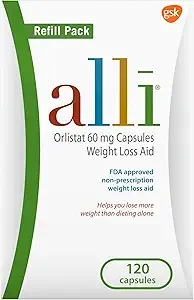
alli Weight Loss Diet Pills, Orlistat 60 mg Capsules, Non Prescription Weight Loss Aid, 120 Count Refill Pack.
Alli is an approved weight loss pill that helps block about 25 percent of the fat you eat from being absorbed.
High-calorie drinks. One easy way to lose weight quickly is to cut out liquid calories, such as soda, juice, and alcohol. Replace them with zero-calorie drinks like lemon water, unsweetened tea, or black coffee.
Diet drinks will save you calories compared with sugary beverages. But if you then reach for a cookie or other treat because you’re still hungry or you think you saved enough calories for it, that plan backfires.
What to eat for weight loss
Protein. It’s satisfying and will help keep up your muscles. There are vegetarian and vegan sources (nuts, beans, and soy are a few), as well as lean meat, poultry, fish, and dairy.
Most Americans get enough protein but could get it from leaner sources. You may already have plenty in your diet. Your exact protein needs depend on your age, gender, and how active you are.
Good fats. Small amounts of fat can help you feel full and less like you’re on a diet. The better choices are those in fish, nuts and seeds, and olive oil. Those have unsaturated fats — polyunsaturated or monounsaturated fats, specifically.
Fiber. You can get that from vegetables, whole grains, fruits — any plant food will have fiber. Some have more than others. Top sources include artichokes, green peas, broccoli, lentils, and lima beans. Among fruits, raspberries lead the list.
Meal replacements. These shakes, bars, and other products will control your calories while you use them, if you don’t make up the calories elsewhere. They’re convenient and take the guesswork out of dieting. Still, you’ll need to change your eating habits to keep the weight off once you stop eating meal replacements.
Fasting for Weight Loss
You might think that fasting is a quick way to drop pounds. But all fasts aren’t the same. If you eat or drink nothing for days at a time, that’s a fast. Such prolonged fasts can be dangerous and do nothing to adjust regular eating habits. They aren’t a good weight loss strategy.
But many people these days are talking about something else — intermittent fasting. That’s when you choose times of day or days of the week to eat nothing or eat much less than usual. In some versions, you just stop eating at night; in others, you eat only during a 6- or 8-hour period each day. Some plans call for eating normally on most days but having just one small meal a couple of days a week.
Some small, short-term studies suggest intermittent fasting can help with weight loss. But there hasn’t been a lot of research on how off-and-on fasting affects weight or health in the long term.
Regular fasting, of any sort, isn’t safe for people with diabetes or eating disorders or those who are pregnant or breastfeeding. Even if you aren’t in those groups, you may find fasting isn’t for you because you get headaches, feel cranky, are low on energy, or get constipated.
If you decide to fast, drink lots of water and take a daily multivitamin. Talk to your doctor, especially if you take medications that may need adjusting.
Takeaways
No matter how you kick-start your weight loss, the best way to keep it off is with long-lasting lifestyle changes like a healthy eating plan and physical activity. If you’re not sure where to start, how many calories to cut, or how to do it safely, you might want to consult a registered dietitian.
Protein
Eating a recommended amount of protein is essential to help preserve muscle mass while losing weight.
| Food | Amount of protein/100 grams | Daily serving |
| lean ground beef | 20.8 g | 3.7 oz |
| skinless chicken breast | 23.2 g | 3.7 oz |
| black beans | 21.6 g | 0.7 oz |
| lentils | 9.02 g | 0.7 oz |
What about calories and portion control?
It’s not always necessary to count calories as long as you follow a balanced diet rich in protein, fat, and vegetables.
If you’re not losing weight, you may want to keep track of your calories to see if that’s a contributing factor.
Try using a free online calculator to estimate your calorie needs.Eating too few calories can be dangerous and less effective for losing weight. Aim to reduce your calories by a sustainable and healthy amount based on a doctor’s recommendation.
A note on calorie counting
Counting calories may be a helpful tool for some, but it may not be the best choice for everyone.
If you’re preoccupied with food or weight, feel guilt surrounding your food choices, or routinely engage in restrictive diets, consider reaching out for support. These behaviors may indicate a disordered relationship with food or an eating disorder.
Talk with a qualified healthcare professional, such as a registered dietitian, if you’re struggling.
You can also chat, call, or text anonymously with trained volunteers at the National Eating Disorders Association helpline for free or explore the organization’s free and low cost resources.


